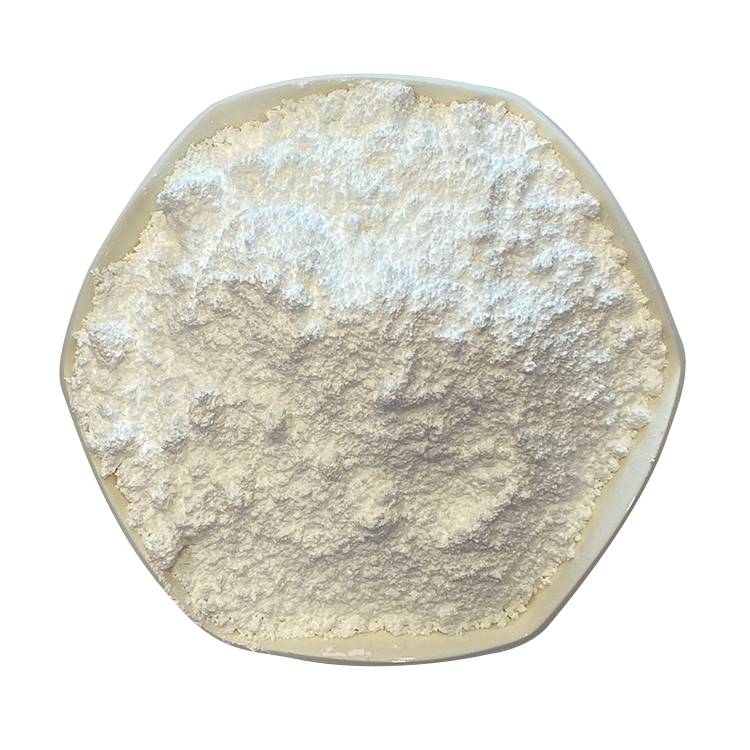
- +86-13363869198
- weimiaohb@126.com

Nov . 04, 2024 15:18 Back to list
Comparing the Effects of Semaglutide and Liraglutide on Weight Management and Diabetes Control
Semaglutide vs. Liraglutide A Comprehensive Comparison of GLP-1 Receptor Agonists
In recent years, the landscape of diabetes management has been transformed by the introduction of glucagon-like peptide-1 (GLP-1) receptor agonists, two prominent contenders being semaglutide and liraglutide. Both of these medications are designed to assist individuals with type 2 diabetes in managing their blood sugar levels, but they have distinct characteristics that may influence treatment choices. Understanding their differences and similarities is crucial for patients and healthcare providers alike.
Mechanism of Action
Semaglutide and liraglutide share a common mechanism of action; they both enhance glucose-dependent insulin secretion, suppress glucagon release, slow gastric emptying, and increase feelings of fullness. By mimicking the natural GLP-1 hormone, they effectively improve glycemic control and aid in weight loss, a significant benefit for many individuals suffering from type 2 diabetes who are often overweight or obese.
Dosage and Administration
One of the notable differences between semaglutide and liraglutide lies in their administration. Liraglutide, marketed under the brand name Victoza, is typically administered via a daily subcutaneous injection. In contrast, semaglutide, sold as Ozempic, offers more flexibility with a once-weekly injection. This difference can greatly influence patient adherence to the medication regimen, as many individuals find it easier to manage a weekly dose rather than a daily one.
Efficacy and Weight Loss
Clinical studies have demonstrated that semaglutide may have superior efficacy compared to liraglutide in terms of glycemic control and weight loss. In trials, patients using semaglutide experienced greater reductions in HbA1c levels and more significant weight loss compared to those taking liraglutide. This increased effectiveness makes semaglutide an attractive option for patients struggling to achieve optimal blood sugar levels and weight management with liraglutide.
Side Effects and Safety Profile
semaglutide liraglutide

Both medications have similar side effects, including nausea, vomiting, diarrhea, and potential gastrointestinal issues, which are common among GLP-1 receptor agonists. However, semaglutide has been associated with a higher incidence of gastrointestinal side effects, particularly during the initial phases of treatment. It is essential for patients to discuss these potential side effects with their healthcare providers to determine the best course of action.
Moreover, both medications carry warnings regarding the risk of pancreatitis and may not be suitable for individuals with a history of medullary thyroid carcinoma or multiple endocrine neoplasia syndrome type 2. Thus, thorough patient evaluation is necessary before initiating therapy with either drug.
Cardiovascular Benefits
Both semaglutide and liraglutide have demonstrated cardiovascular benefits, which is particularly crucial for individuals with type 2 diabetes, who are at an elevated risk for cardiovascular disease. Studies indicate that both drugs can reduce the risk of major cardiovascular events. However, semaglutide has shown a more pronounced effect in some trials, adding another layer of appeal for patients with underlying cardiovascular concerns.
Cost and Accessibility
Cost and insurance coverage can significantly influence treatment choice. Semaglutide is often more expensive than liraglutide, and while both are covered by many insurance plans, varying co-pays may impact out-of-pocket expenses for patients. It’s vital for patients to consult with their healthcare providers and insurance companies to understand their options and find the most affordable choice suitable for their medical needs.
Conclusion
In summary, both semaglutide and liraglutide are valuable tools in the management of type 2 diabetes, each with its unique advantages and considerations. Semaglutide offers the convenience of once-weekly dosing and potentially superior efficacy, while liraglutide might be more accessible for some due to its lower cost. Ultimately, the choice between these two GLP-1 receptor agonists should be individualized, taking into account patient preferences, clinical goals, and potential side effects. Ongoing dialogue between patients and healthcare providers is essential in making informed decisions that lead to optimal diabetes management.
-
Top CAS: 79099-07-3 Factories & Wholesale Supplier from China
NewsJul.30,2025
-
High-Quality GS-441524 for White Liquid Type Factories & Suppliers
NewsJul.29,2025
-
High-Quality Pharmaceutical Intermediates for Sale – Reliable Supply
NewsJul.29,2025
-
High-Quality Pharmaceutical Intermediates for Sale - Reliable Solutions
NewsJul.29,2025
-
High-Quality Pharmaceutical Intermediates Supplier for Global Market
NewsJul.28,2025
-
GS-441524 for White Liquid Type Factories – High Purity & Reliable Supply
NewsJul.28,2025